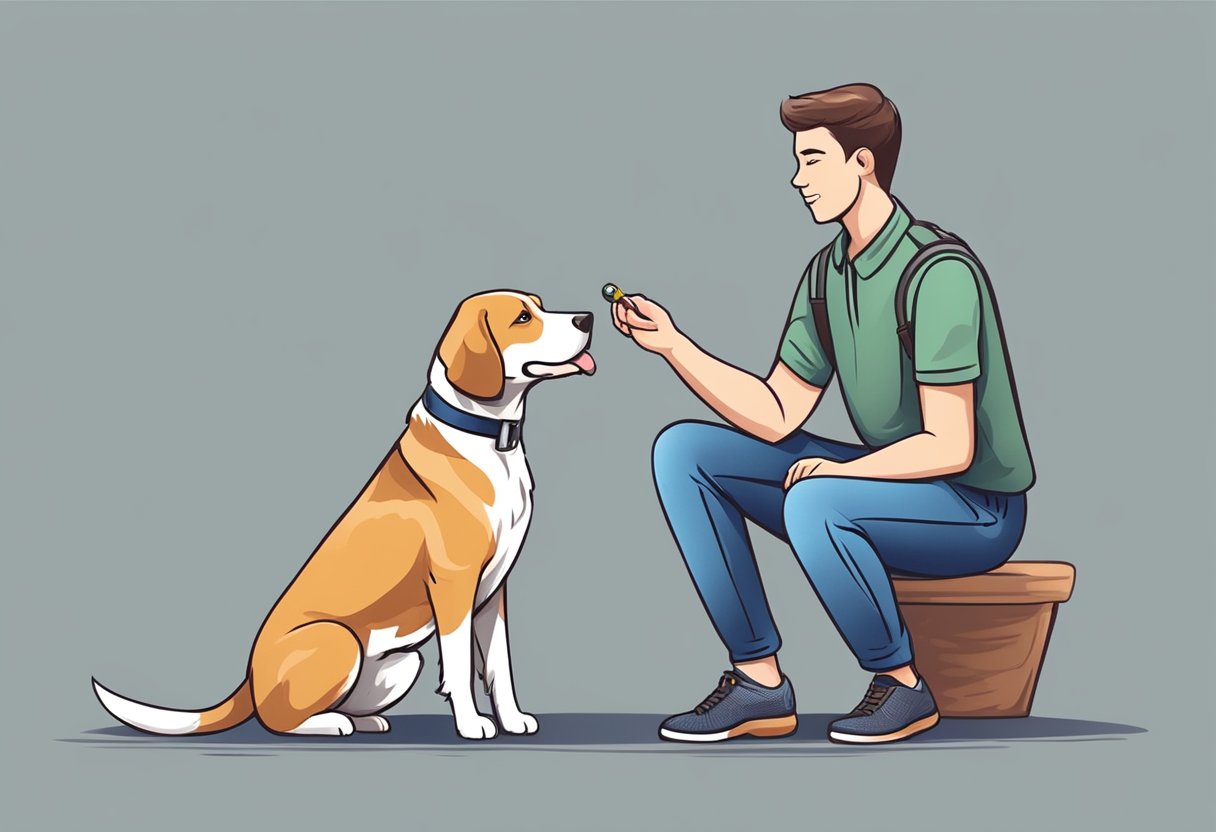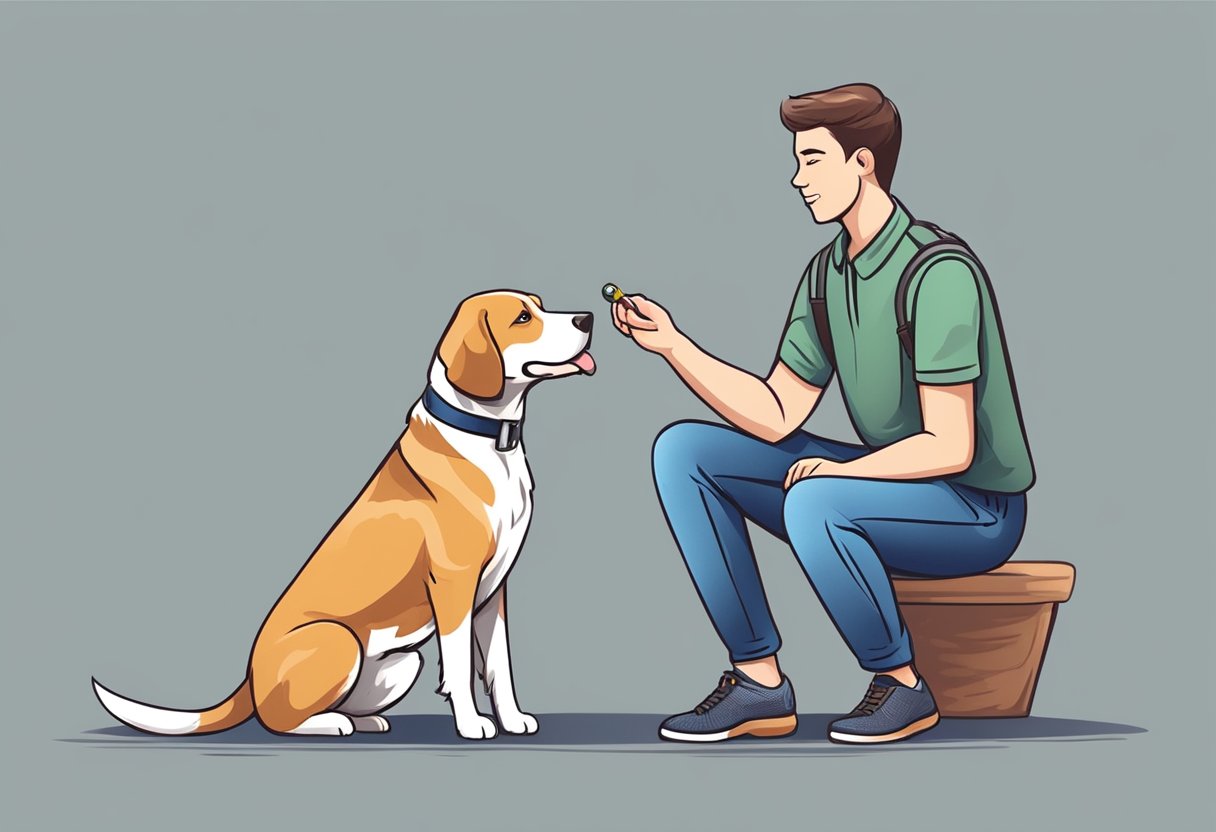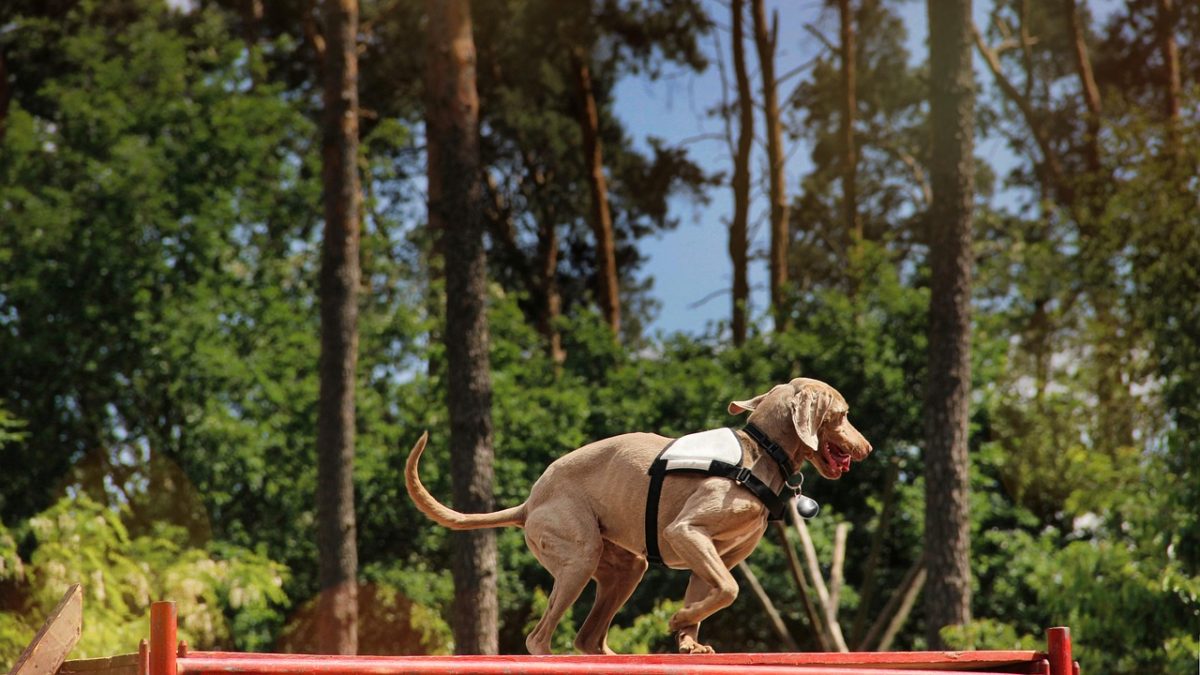Dog training is an essential part of owning a dog. It is crucial to ensure that your dog is well-behaved and obedient to commands. There are various dog training methods available, and each method has its unique approach to training dogs. In this article, we will discuss the major types of dog training methods and their benefits.

Positive reinforcement is one of the most popular dog training methods. This method involves rewarding your dog for good behavior, such as obeying commands or performing tricks. Positive reinforcement can be in the form of treats, toys, or praise. This method is effective because it encourages your dog to repeat the good behavior to receive the reward.
Another popular dog training method is clicker training. Clicker training involves using a clicker to mark the behavior you want your dog to learn. Once your dog performs the desired behavior, you reward them with a treat or praise. Clicker training is a precise method that allows you to communicate with your dog effectively. It is also an excellent way to teach your dog new tricks and behaviors.
Positive Reinforcement Training

Positive reinforcement training is a popular and effective method of dog training. It involves using rewards to encourage desirable behavior and ignoring or redirecting undesirable behavior. This method is based on the principle that dogs will repeat behaviors that are rewarded and avoid behaviors that are not.
Rewards can include treats, praise, toys, and affection. The key is to find what motivates your dog and use it to your advantage. Positive reinforcement training can be used to teach a variety of commands and behaviors, from basic obedience to more advanced tricks.
One of the benefits of positive reinforcement training is that it strengthens the bond between the dog and the trainer. The dog learns to trust and respect the trainer, and the trainer learns to understand the dog’s behavior and needs. This method is also less stressful for the dog than other training methods that rely on punishment or physical force.
When using positive reinforcement training, it is important to be consistent and patient. It may take time for the dog to learn new behaviors, but with practice and repetition, they will eventually become second nature. It is also important to use positive reinforcement in conjunction with other training methods, such as socialization and exercise, to ensure a well-rounded training program.
Overall, positive reinforcement training is a humane and effective method of dog training that can benefit both the dog and the trainer. By using rewards to encourage desirable behavior, the dog learns to trust and respect the trainer, and the trainer learns to understand the dog’s behavior and needs.
Clicker Training

Clicker training is a positive reinforcement method based on the use of a clicker, a small handheld device that makes a distinct sound when pressed. This method is effective in teaching new behaviors and tricks to dogs of all ages and breeds.
Timing and Consistency
Clicker training requires precise timing and consistency from the trainer. The clicker should be used to mark the exact moment when the dog performs the desired behavior. The sound of the clicker should always be followed by a treat or reward to reinforce the behavior and increase the likelihood of it being repeated.
Consistency is also key in clicker training. The trainer must use the clicker consistently to mark the desired behavior and always follow it with a reward. This will help the dog understand what is expected of them and reinforce the behavior.
Shaping Behavior
Clicker training also involves shaping behavior, which means breaking down a complex behavior into smaller, more manageable steps. The trainer will click and reward the dog for each small step towards the desired behavior until the complete behavior is achieved.
Shaping behavior is a gradual process and requires patience from both the trainer and the dog. It is important to start with simple behaviors and gradually work towards more complex ones.
Overall, clicker training is a positive and effective method of dog training that relies on precise timing, consistency, and shaping behavior. With patience and practice, clicker training can help dogs learn new behaviors and tricks while strengthening the bond between the dog and their trainer.
Electronic Training

Electronic training, also known as e-collar training, involves the use of a collar that delivers a mild electric shock to the dog’s neck when the owner or trainer presses a button on a remote control. The idea behind electronic training is to use negative reinforcement to discourage unwanted behavior and encourage desirable behavior.
The use of electronic collars can be controversial, with some people believing that they are cruel and inhumane. However, proponents of electronic training argue that when used correctly, the collars can be an effective and humane way to train dogs.
There are different types of electronic collars available, including those that emit a beep or vibration instead of a shock. These collars can be useful for training dogs that are deaf or hard of hearing.
It is important to note that electronic training should only be used by experienced trainers who understand how to use the collars correctly. Misuse of electronic collars can lead to physical and psychological harm to the dog.
Dominance-Based Training
Dominance-based training is a traditional dog training method that aims to establish the trainer as the alpha or pack leader. This method is based on the belief that dogs are pack animals and need to be dominated to be trained effectively.
The dominance-based training method involves using physical punishment and force to establish dominance over the dog. This includes techniques such as alpha rolls, leash corrections, and physical reprimands. The idea is to show the dog who is in charge and to suppress any undesirable behavior.
However, many dog trainers and behaviorists now believe that dominance-based training can be harmful to dogs. Physical punishment can lead to fear, anxiety, and aggression in dogs, and can damage the relationship between the dog and trainer.
Instead, positive reinforcement techniques are now widely recommended for dog training. These methods involve rewarding desired behaviors rather than punishing undesirable ones. Positive reinforcement techniques can include treats, praise, and playtime, and can be highly effective in training dogs.
Overall, while dominance-based training may have been popular in the past, it is now widely recognized as an outdated and potentially harmful method. Positive reinforcement techniques are now the preferred method for training dogs, and can lead to a happier, more well-behaved dog.
Frequently Asked Questions
What are the primary categories of dog training techniques?
There are four primary categories of dog training techniques: positive reinforcement, negative reinforcement, positive punishment, and negative punishment. Positive reinforcement involves rewarding desired behaviors with treats, toys, or praise. Negative reinforcement involves removing an unpleasant stimulus when a desired behavior is performed. Positive punishment involves adding an unpleasant stimulus when an undesired behavior is performed. Negative punishment involves removing a pleasant stimulus when an undesired behavior is performed.
How do traditional dog training methods differ from modern approaches?
Traditional dog training methods often relied on punishment and correction, while modern approaches tend to focus on positive reinforcement and reward-based training. Modern approaches also place a greater emphasis on understanding the dog’s behavior and motivations, rather than simply trying to control it through force.
Can you list the various specialized dog training disciplines?
Some specialized dog training disciplines include obedience training, agility training, search and rescue training, service dog training, and therapy dog training. Each discipline requires specific skills and techniques, and trainers may specialize in one or more of these areas.
What are the essential tools used in effective dog training?
Effective dog training requires a few essential tools, such as a leash and collar, treats or toys for positive reinforcement, and possibly a clicker for clicker training. Other tools may include agility equipment, training mats, and scent detection aids.
Which dog training methods are supported by scientific research?
Positive reinforcement and reward-based training methods have been shown to be effective and supported by scientific research. Punishment-based methods, on the other hand, have been shown to have negative effects on a dog’s behavior and well-being.
What is the most effective method of dog training?
The most effective method of dog training depends on the individual dog and its specific needs and personality. However, positive reinforcement and reward-based training methods are generally considered to be the most effective and humane approach to dog training.



